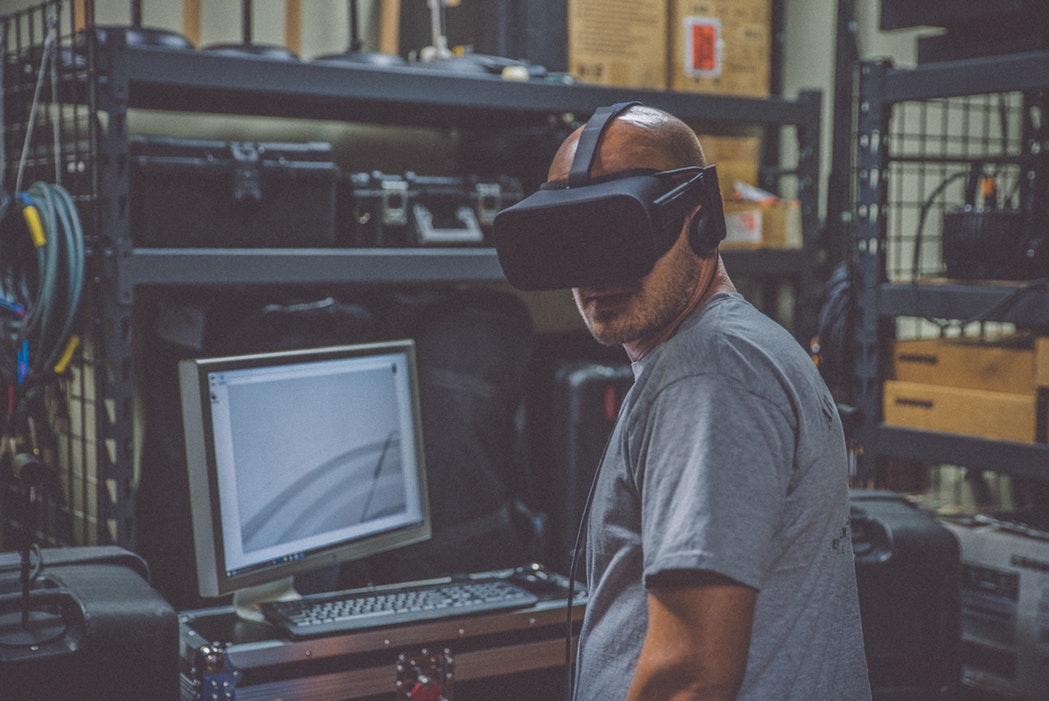
The advancement of technology is enabling us to do more than ever before imagined. We are referring to the potential available in the world of architecture and design with the use of virtual reality and augmented reality. This technology means that it is no longer necessary to stare at blueprints and concepts on paper to attain a grasp of what the finished product will look like. Instead we now have the ability to take a virtual walk-through of a project through the use of 3D rendering software and holographic display.
Enhancing Athletic Facility Design Using VR/AR
Originally used for gaming, the technology used in head-mounted displays is now being used in architectural and design phases. In 2014 design professions began embracing the VR technology and now, new building designs, such as athletic facilities, can be virtually toured before construction begins. But it doesn’t stop there; once the building design is experienced through virtual reality, the layout and placement of everything from bleachers to exit doors to the scoreboard can be viewed using augmented reality. This is exactly what happened during the design phase of the St. Louis MLS Soccer Stadium, when a virtual and augmented reality tour revealed that the scoreboard placement would pose problems. The abilities of this technology are being embraced and becoming more available all the time.
Taking A Tour
Thanks to theses virtual and augmented realities, it is possible to take a tour of a facility prior to its actual build merely by putting on a headset and immersing yourself into the room. The VR models are designed “true to scale” so in the midst of this virtual tour, it is possible to walk around and test the space between the bleachers and the lap pool, the aisle width between the stadium chairs, the playing court spaces, the weight training rooms, and experience peripheral views of the setting.
In lieu of looking at sketches and even computer renderings, the AR and VR models make it possible to experience the new space firsthand prior to its physical construction, which helps ensure that expectations are met in the end.
Faster Decision Making for Controlled Cost
With virtual reality and augmented reality technology, communications between the designer and client are being taken to a whole new level. It fosters the ability to make decisions faster by having the capability to take a virtual tour. This can potentially mean a huge cost savings, whereas the blueprint, pen-to-paper method requires time-consuming revisions and rescheduling of meetings for discussion. With the VR model however, new renderings of changes can be easily done more cost effectively and in less time.
This technology also provides the option for investors and donors to see the project during every stage from beginning to end, giving them a better, clearer understanding and ultimately increasing opportunity for additional support. Also, it opens the door of opportunity for involvement of students, professional athletes, fans and more to experience a facility without physically being present. The possibilities are endless.
.png)

